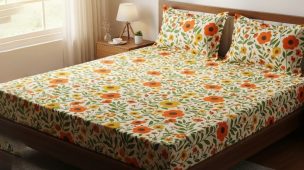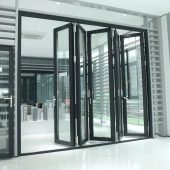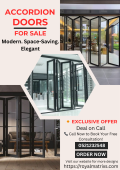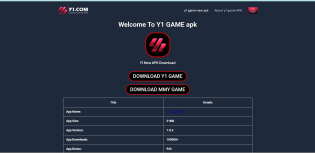A2Bookmarks UAE Social Bookmarking Website
Welcome to A2Bookmarks UAE, where discovering and sharing the latest trends in the UAE becomes an engaging and seamless experience. Our platform is designed specifically for the UAE community, offering a space to explore popular local content, save your favorite websites, and connect with like-minded individuals. With our intuitive interface, you can effortlessly categorize and access your bookmarks, while our vibrant community keeps you updated with the most relevant and captivating content from across the region. Join A2Bookmarks UAE community today and enhance your digital bookmarking journey!

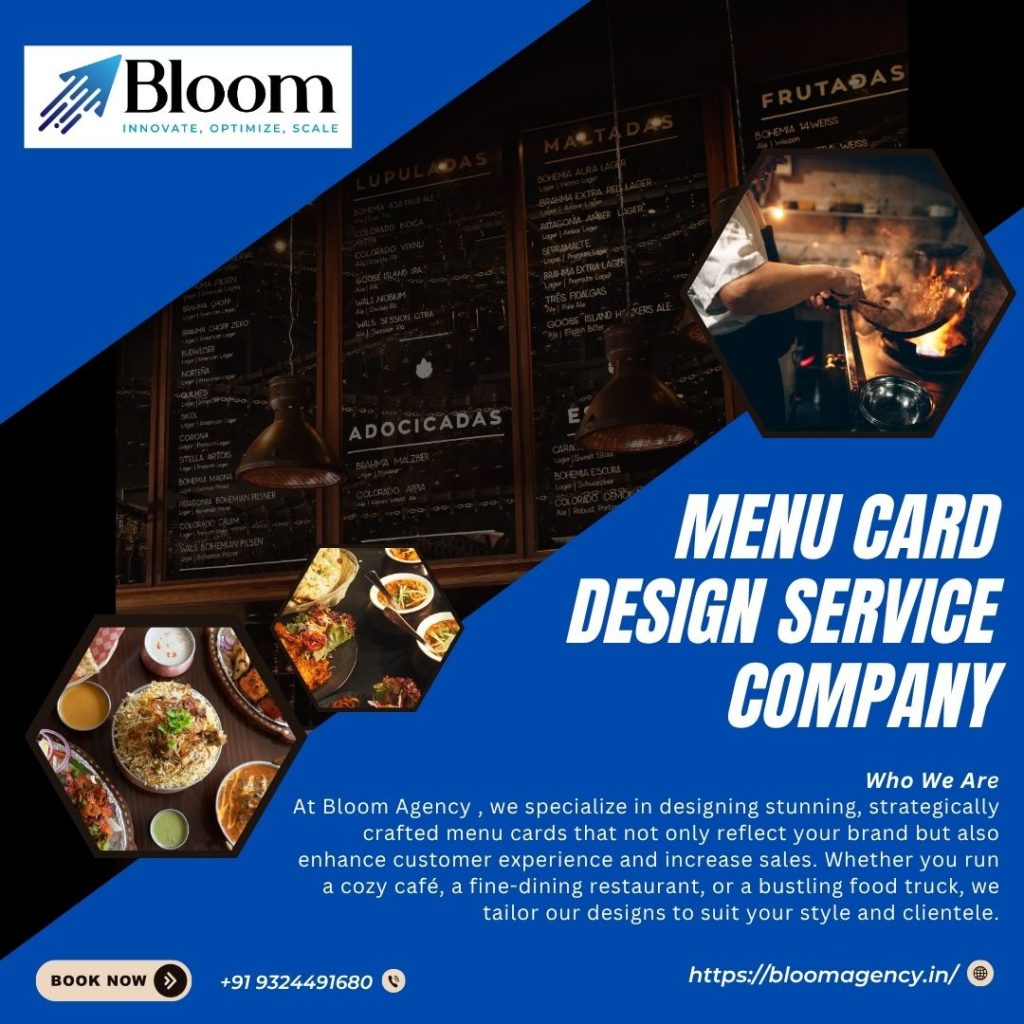
Creative Menu Card Design: Turning Dining Into a Visual Experience bloomagency.in
Creative Menu Card Design: Turning Dining Into a Visual Experience
In the world of food and hospitality, first impressions matter—and not just the kind made by the dishes themselves. A menu card is often a customer’s first engagement with your brand. It sets the tone, reflects your personality, and guides decision-making. A creatively designed menu card doesn’t just list items—it enhances appetite, reinforces branding, and improves the overall dining experience.
In this article, we dive deep into:
-
Why creative menu card design matters
-
Principles of effective menu card design
-
Modern trends in restaurant menus
-
Different types of menu formats
-
Tips to craft a unique and effective menu card
-
Mistakes to avoid
-
Real-life examples of brilliant menu card design
Why Does Menu Card Design Matter So Much?
The menu is more than a piece of paper or a screen with prices—it’s your silent salesman. An eye-catching, well-structured menu card can:
-
Influence purchase decisions through visual hierarchy and psychology
-
Improve brand recall by reinforcing visual identity (colors, logo, typography)
-
Drive profitability by spotlighting high-margin items
-
Enhance customer experience with intuitive layouts
-
Create emotional connection through storytelling and visuals
A creative menu card can subtly guide your diners toward what you want them to buy—all while looking beautiful.
The Psychology Behind Menu Design
-
Top-Right Rule: People often look at the top-right corner of a menu first. Place your best-selling or most profitable dishes there.
-
Menu Engineering: This involves classifying dishes into Stars (high-profit/high-popularity), Plow-horses (low-profit/high-popularity), Puzzles (high-profit/low-popularity), and Dogs (low-profit/low-popularity)—and designing your layout to favor “Stars” and “Puzzles.”
-
Visual Anchoring: Using images, icons, or callouts for your signature dishes draws attention and increases sales.
-
Color Psychology: Red stimulates appetite, yellow grabs attention, green suggests freshness, and black or gold can imply luxury.
Essential Principles of Creative Menu Design
1. Brand Alignment
Your menu card must align with your restaurant’s theme and ambiance. A luxury steakhouse should have an elegant, minimalistic menu, while a vibrant café may go for bold colors and playful typography.
2. Legibility First
Creativity should never compromise readability. Choose clear fonts, good contrast, and a layout that’s easy to navigate.
3. Visual Hierarchy
Use size, color, and placement to direct attention to your key offerings—your best sellers, chef specials, and combos.
4. Use of Imagery
High-quality food photos can boost sales—but only if used sparingly and tastefully. Overusing images can cheapen the look, especially in fine dining.
5. Descriptive Language
Use mouth-watering descriptions. Instead of “Chocolate Cake,” write: “Decadent dark chocolate cake with molten ganache center, topped with vanilla bean ice cream.”
Trendy Menu Formats (2025 and Beyond)
-
Fold-Out Cards: Ideal for extensive menus (multi-course or cuisines).
-
Chalkboard Menus: Great for rustic cafes or daily-changing specials.
-
Minimalist Inserts: A clean, modern look—typically used in high-end restaurants.
-
Tabletop Digital Menus: Tablets or screens offering interactive, visual-heavy experiences.
-
QR Code Menus: Contactless, eco-friendly, and customizable in real time.
-
Placemats Menus: Menus printed on placemats—a creative way to engage diners from the moment they sit down.
-
Themed Booklets: For concept-driven restaurants or tasting menus—designed like a mini magazine or storybook.
Creative Menu Design Styles Based on Cuisine & Theme
🍣 Japanese or Asian Cuisine
-
Clean lines, white space, vertical layouts
-
Subtle watercolors or brushstroke art
-
Use of Kanji or symbolic characters as accents
🍕 Italian Pizzeria
-
Rustic textures like wood or parchment
-
Hand-drawn illustrations of pasta, pizza, wine
-
Warm earthy colors (terracotta, olive green)
🥗 Organic/Health-focused Eatery
-
Earthy palettes (greens, browns, beiges)
-
Natural textures like kraft paper or linen
-
Minimalist layout with symbols for vegan, GF, etc.
🍸 Cocktail Bar
-
Dark, moody colors with metallic foiling
-
Geometric layouts or art deco influences
-
Signature drink illustrations or tasting notes
🍔 Fast Food or Diners
-
Bold typography, vibrant colors
-
Grid-style item layout with icons
-
Playful fonts and images
Typography Tips for Menu Cards
-
Use 2-3 font styles max: A heading, a sub-heading, and a body font.
-
Choose fonts that align with your theme: Serif for classic/luxury; sans-serif for modern; script for romantic or artisan themes.
-
Don’t go below 10pt size for readability.
Top Design Elements to Consider
-
Color Scheme: Reflects your restaurant’s vibe.
-
Icons & Symbols: For dietary needs (Vegan, Spicy, Gluten-Free, etc.)
-
Borders & Dividers: To organize sections clearly.
-
White Space: Prevents the menu from feeling crowded.
-
Custom Illustrations: Adds a handcrafted, personal touch.
Crafting a Creative Menu: Step-by-Step Guide
-
Define Your Brand Personality
-
Is your brand elegant, quirky, minimalistic, traditional, or bold?
-
-
Organize Your Menu Logically
-
Group items: Starters → Mains → Sides → Desserts → Drinks
-
Within each section, place the most profitable items in focus areas.
-
-
Design with Balance
-
Mix visuals and text without overwhelming the eye.
-
-
Hire a Designer or Use a Template
-
Professionals bring in layout psychology and design finesse.
-
Or use tools like Canva, Adobe InDesign, or MenuMaker for DIY.
-
-
Test Before Finalizing
-
Get feedback from staff and loyal customers. Are prices easy to find? Do names or descriptions confuse people?
-
Common Mistakes to Avoid
-
Too Much Clutter: Avoid overloading the card with options, photos, or decorative elements.
-
Poor Print Quality: A beautiful design looks cheap on flimsy or low-grade paper.
-
Lack of Branding Consistency: If your restaurant is modern and sleek, a cartoonish menu kills the vibe.
-
Missing Descriptions: Just listing item names may confuse or underwhelm diners.
-
Ignoring Dietary Markings: With rising food sensitivities, always mark vegetarian, vegan, gluten-free, spicy, and nut-based dishes.
Inspiring Examples of Creative Menu Cards
-
The Secret Diner – Uses invisible ink that reveals specials only under UV light, adding mystery and exclusivity.
-
Little Italy Bistro – A passport-themed menu where each dish represents a country, aligning with their “Around the World in 80 Plates” campaign.
-
EcoBowl Café – A menu made entirely of recycled seed paper that guests can plant afterward.
-
Gatsby Lounge – Art-deco gold foiling, with cocktail menus styled as classic novels.
-
Sizzle & Smoke BBQ – Uses charred wooden planks for menu boards to reflect their smoky, rustic food.
Digital Menu Design: Don’t Be Left Behind
In a post-pandemic, mobile-driven world, having a digital version of your creative menu card is no longer optional.
Tips for digital menu design:
-
Optimize for mobile viewing
-
Use interactive elements (hover-over descriptions, videos)
-
Maintain branding across all platforms
-
Update in real time for specials and price changes
-
Integrate with ordering systems (if applicable)
Sustainability and Menu Design
Eco-conscious design is rising in popularity. Restaurants are switching to:
-
Recycled materials
-
Reusable laminated menus
-
QR menus to cut paper waste
-
Vegetable-based inks
These decisions not only help the planet but also resonate with younger, socially conscious diners.
Conclusion: Your Menu is Your Identity
A creative menu card is an extension of your restaurant’s soul. It tells your story, sells your food, and enhances the entire customer experience. Whether you run a luxury steakhouse, a cozy café, or a fast-food chain, investing in professional, thoughtful menu design is no longer a nice-to-have—it’s a business essential.
Don’t just list your food. Design an experience.





